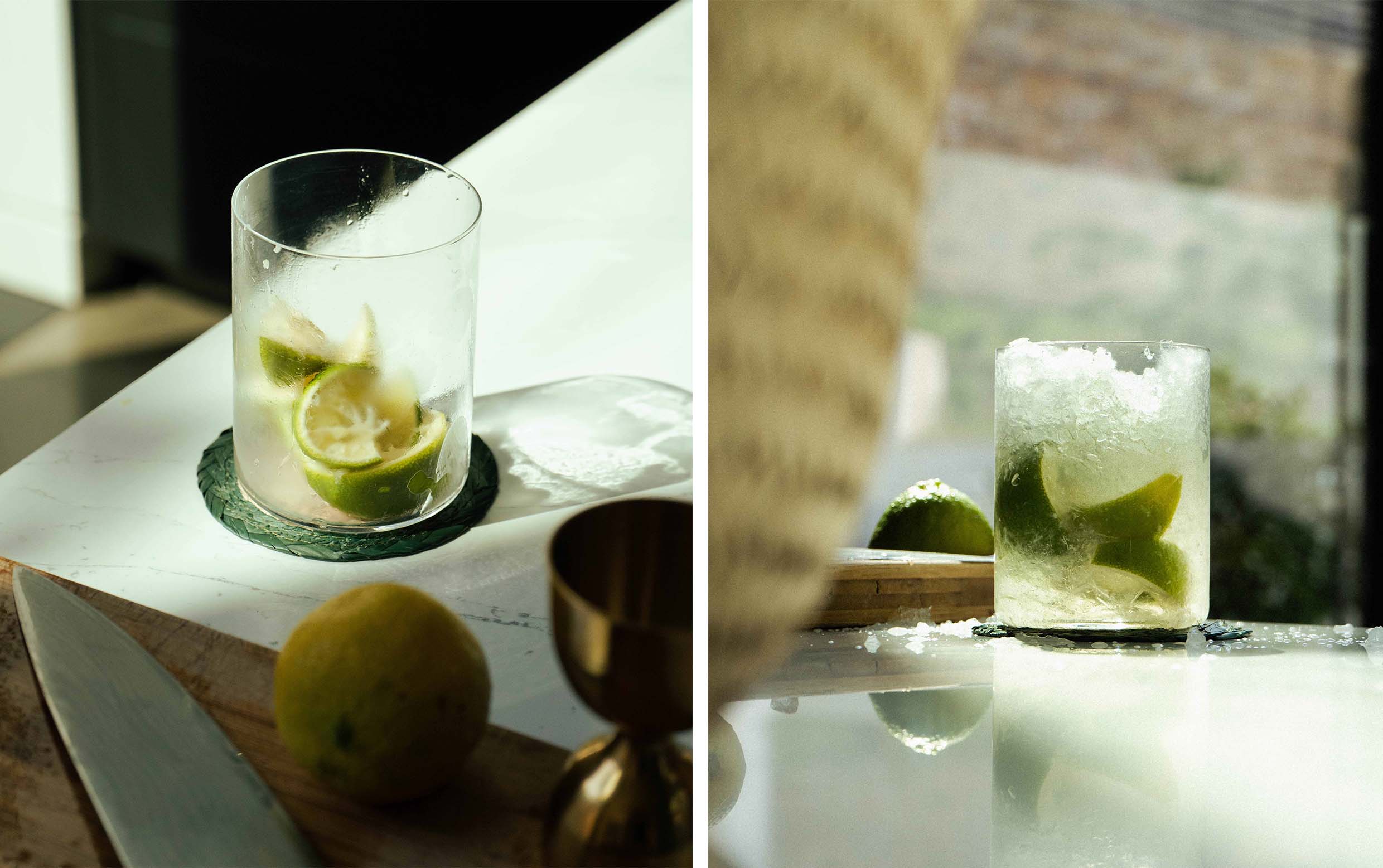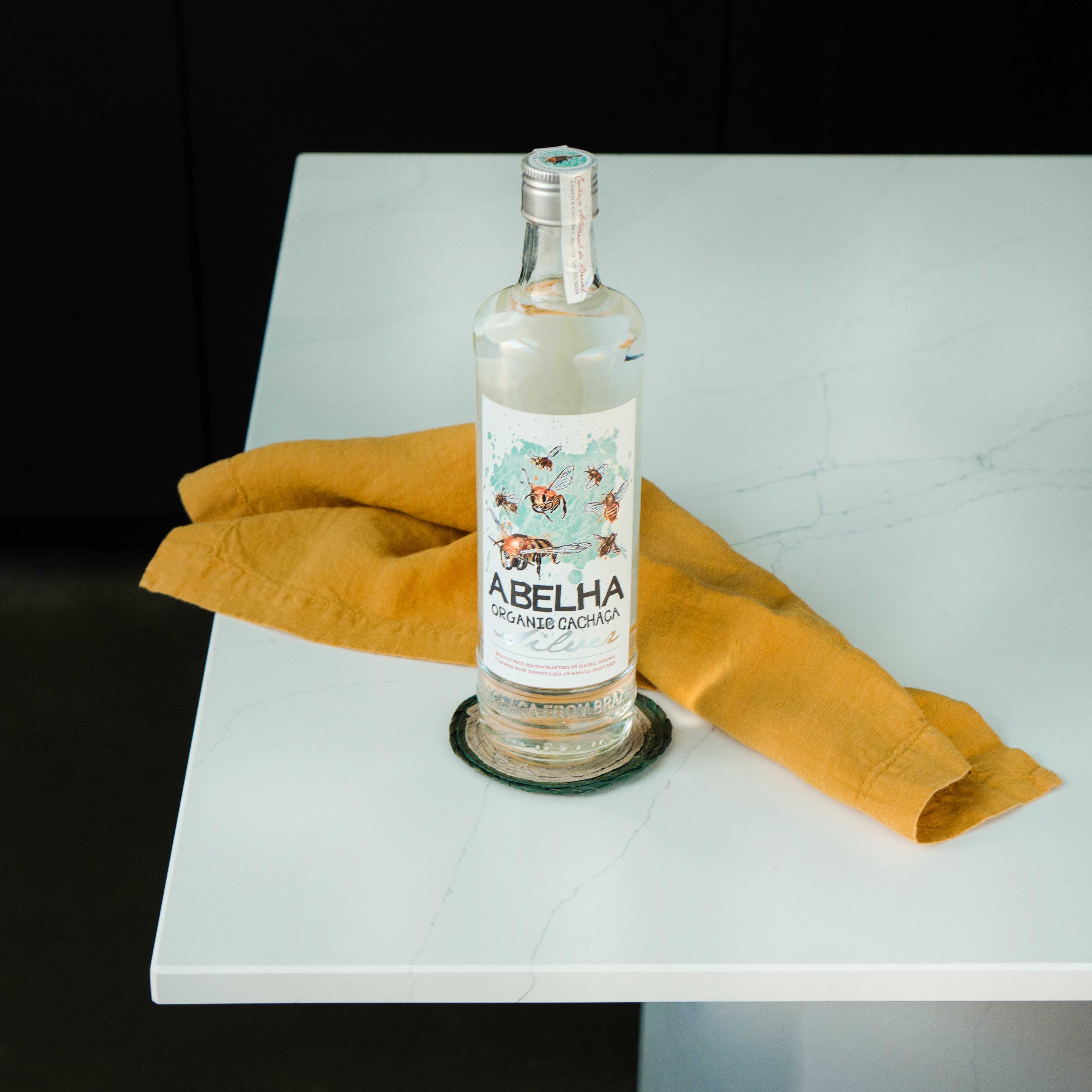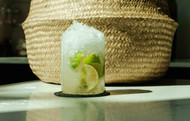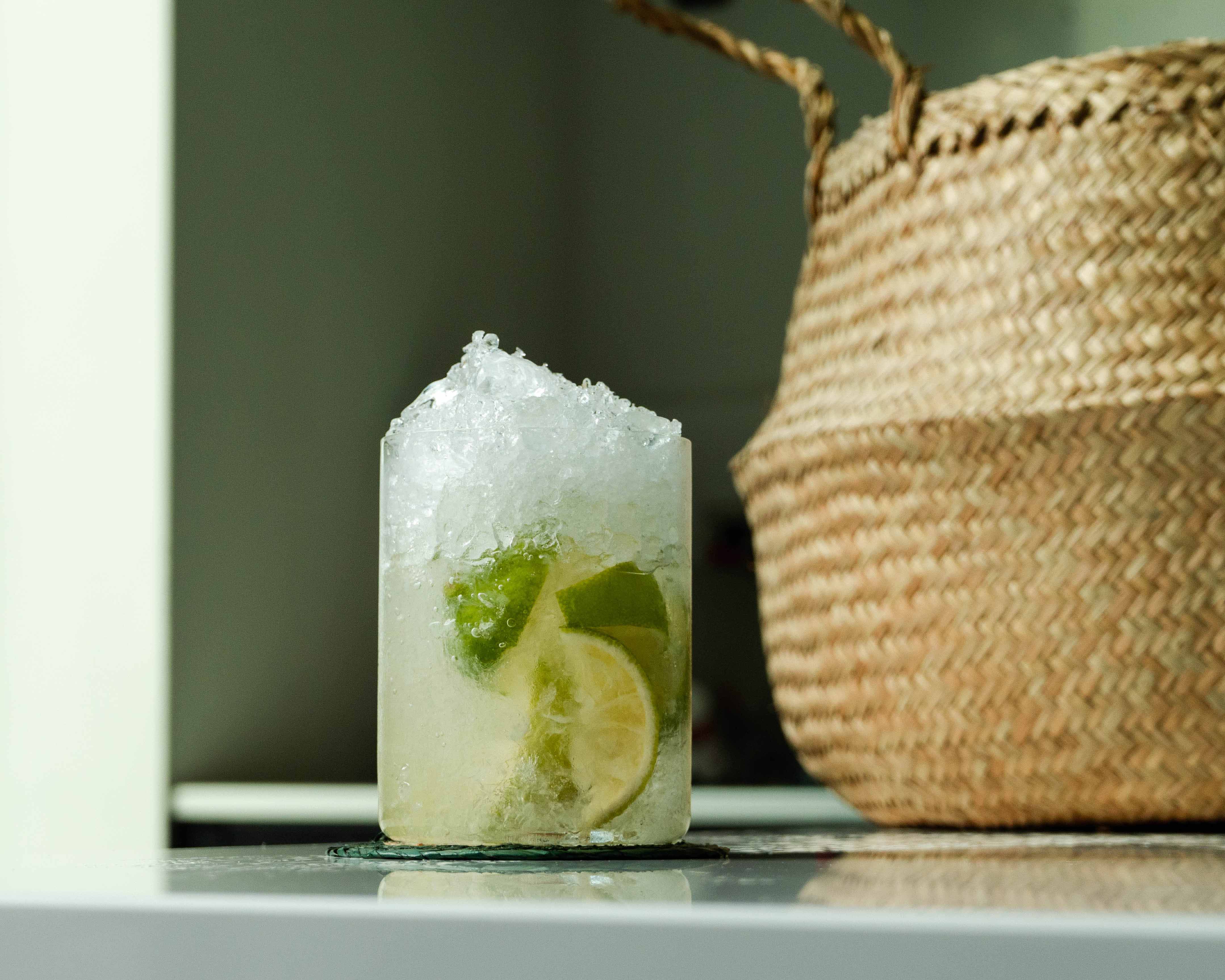Unveiling the Caipirinha: Brazil's Signature Cocktail
Posted by Spirits Kiosk on 6 Jun 2023
Picture this: A sun-soaked beach, a rhythmic samba tune drifting on the breeze, and a refreshing drink in hand, bursting with the vibrant flavours of Brazil.
Forget the Girl from Ipanema, enter the Caipirinha, a staple cocktail that perfectly embodies the energetic spirit and exotic allure of the country. But what's the story behind this drink? How can you recreate it at home?
Let's dive in and uncover the magic of the Caipirinha.
The History of the Caipirinha
The Caipirinha, pronounced kai-purr-reen-yah, dates to the early 20th century in Brazil. Allegedly, it was originally concocted as a remedy for the Spanish flu, but it quickly transcended its humble medicinal origins. Its name derives from the Portuguese word 'caipira', which loosely translates to 'country bumpkin' or 'hillbilly', referencing the rural areas where the cocktail was born.
The reason for this moniker is clearer once you understand that the cocktail is made from cachaça, a distinct Brazilian spirit distilled from sugarcane juice.
The Caipirinha is a drink that proudly embodies Brazil’s agricultural roots. Cachaça production is as old as the 1500’s, when Portuguese colonisers began cultivating sugarcane in Brazil. Over time, cachaça became Brazil's most consumed spirit, and in turn, the backbone of their national cocktail. More on the spirit in a second…
What Does a Caipirinha Taste Like?
A well-made Caipirinha is a harmonious blend of sweet, sour and strong. The sweetness of the sugar, the tartness of the lime and the robust character of the cachaça create a refreshing balance that dances on your palate.
Its taste is an exotic escapade, a tropical treat that transports you straight to the heart of Brazil with every sip.

How to Make a Caipirinha
Making a Caipirinha is simple, but it requires quality ingredients to truly shine. Here’s a straightforward recipe to try at home:
60ml Cachaça
1 Lime Cut into wedges
2 teaspoons of granulated sugar
Cut the lime into wedges, then muddle them with sugar in an Old-Fashioned glass.
Once happy it’s been squished and muddled well, fill the glass with ice.
Pour the cachaça over the ice and stir well.
Voilà! Your Brazilian escape is ready.
Top Tips for a Perfect Caipirinha
Now, let's elevate your Caipirinha game with some insider tips:
Choose your Cachaça wisely: The quality of your cachaça significantly impacts the taste of your Caipirinha. Opt for artisanal cachaça, which is often pot-distilled and aged in wooden barrels, adding depth to its flavour profile.
Sugar matters: Traditional recipes call for granulated sugar, but you can experiment with superfine sugar or simple syrup for a different texture and sweetness. We like demerara, but it’s not a traditional choice (most opt for white caster). The key to your decision about sugar also involves the ice. If you have crushed ice, you will notice the granulated sugar less than if you are using cubes. Play around to discover what works best.
Don’t skimp on the lime: The lime is crucial for balancing the cachaça and sugar. Make sure to muddle it well to release the oils from the peel, enhancing the citrusy punch.
Cocktail sorted – but tell me more about Cachaça!
 Cachaça, often referred to as Brazilian rum, is a spirit distilled from fresh sugarcane juice. Don't be fooled by the nickname—while both cachaça and rum share sugarcane as their primary ingredient, they are decidedly different. The key difference lies in their processing and geographic origins.
Cachaça, often referred to as Brazilian rum, is a spirit distilled from fresh sugarcane juice. Don't be fooled by the nickname—while both cachaça and rum share sugarcane as their primary ingredient, they are decidedly different. The key difference lies in their processing and geographic origins.
Rum is typically made from molasses, a by-product of refined sugar production, and is most associated with the Caribbean. On the other hand, cachaça is exclusively produced in Brazil and made from fresh-pressed sugarcane juice, which is then fermented and distilled.
Enthusiasts will tell you it’s the same Rhum Agricole… Which is close, but not quite true. All cachaça is rhum agricole, but not all rhum agricole can be cachaça.
Cachaça and rhum agricole share a similar production method in that both are distilled from fresh sugarcane juice instead of molasses, but the differences lie in their geographical origin, specific production regulations, and flavour profiles.
 Rhum Agricole can be made in a few places around the world – predominantly hailing from the French Caribbean. Each country produces under strict regulations regarding the type of sugarcane used, the distillation process and ageing conditions and some, like Martinique have Appellation Controlée to protect it.
Rhum Agricole can be made in a few places around the world – predominantly hailing from the French Caribbean. Each country produces under strict regulations regarding the type of sugarcane used, the distillation process and ageing conditions and some, like Martinique have Appellation Controlée to protect it.
On the other hand, cachaça is exclusively Brazilian, with its own set of regulations and a distinct flavour profile influenced by local sugarcane varieties and aging methods. For instance, while some aged rhum agricoles are matured in French oak barrels, cachaça is often aged in native Brazilian wood barrels, which impart unique flavours.
In terms of taste, rhum agricole tends to have a grassy, herbal character, whereas cachaça can range from raw and vegetal in its unaged form (also known as branca or prata), to complex and woody when aged (amarela or ouro), depending on the type of wood used for the barrels.
So, while similar in some respects due to their shared sugarcane heritage, cachaça and rhum agricole each hold their own unique place in the world of spirits.
Fully geeked out?! Time to bring the party home.
In Brazil, the Caipirinha is more than just a cocktail—it’s a symbol of national pride and a part of the country’s cultural fabric.
No event or celebration is complete without this spirited concoction, so if you’ve got one coming up, why not shake up your cocktail routine and bring the vibrant spirit of Brazil to your home bar? Pick up your ingredients now!



